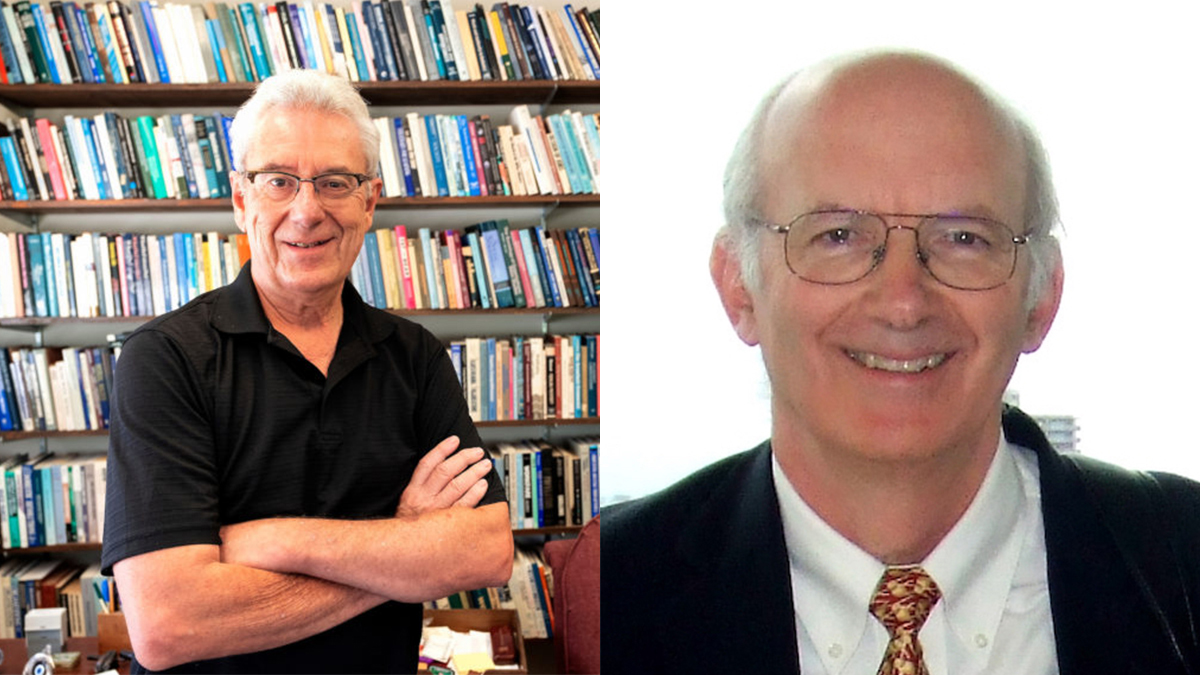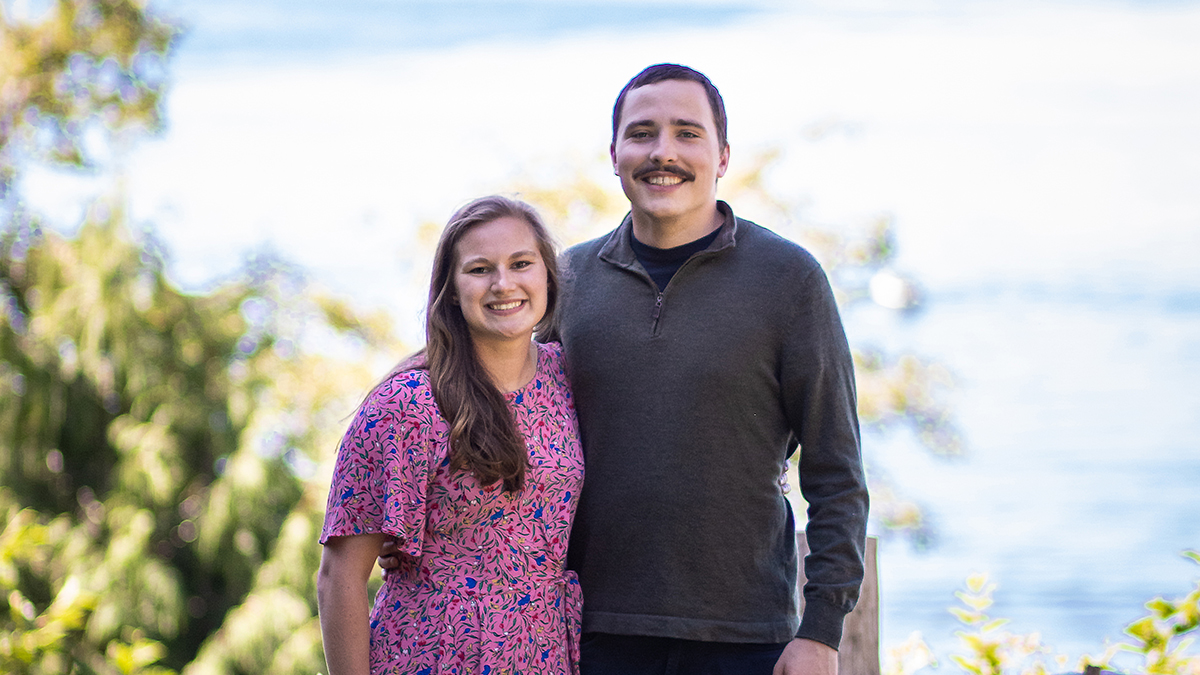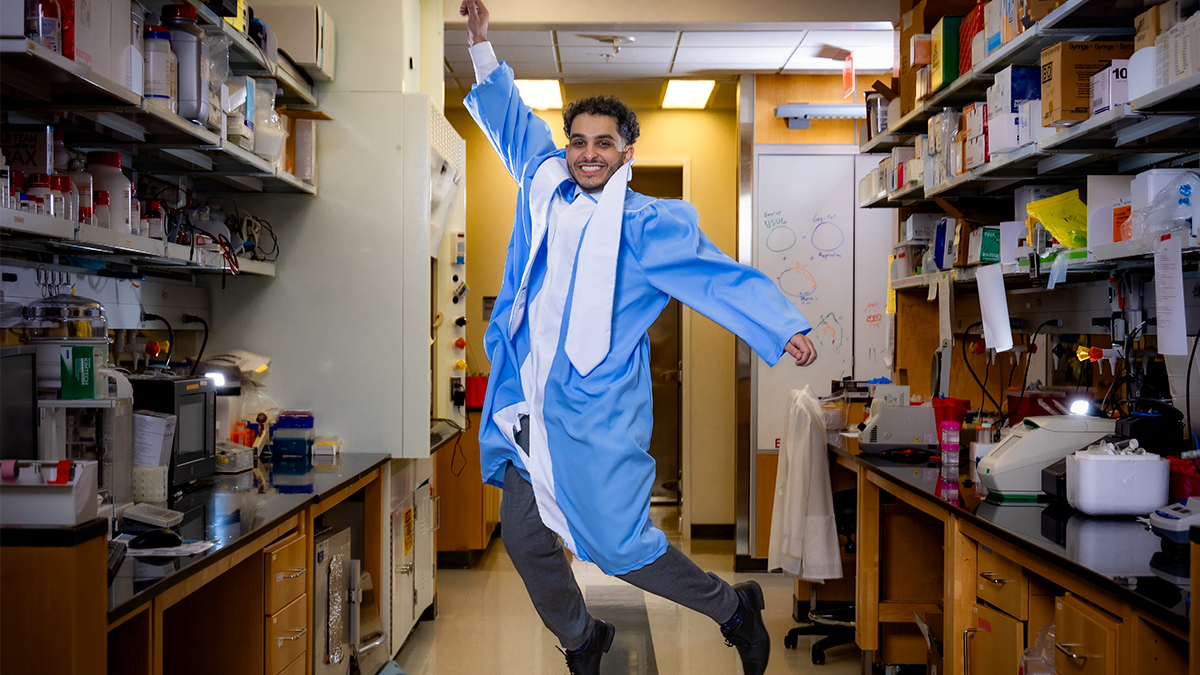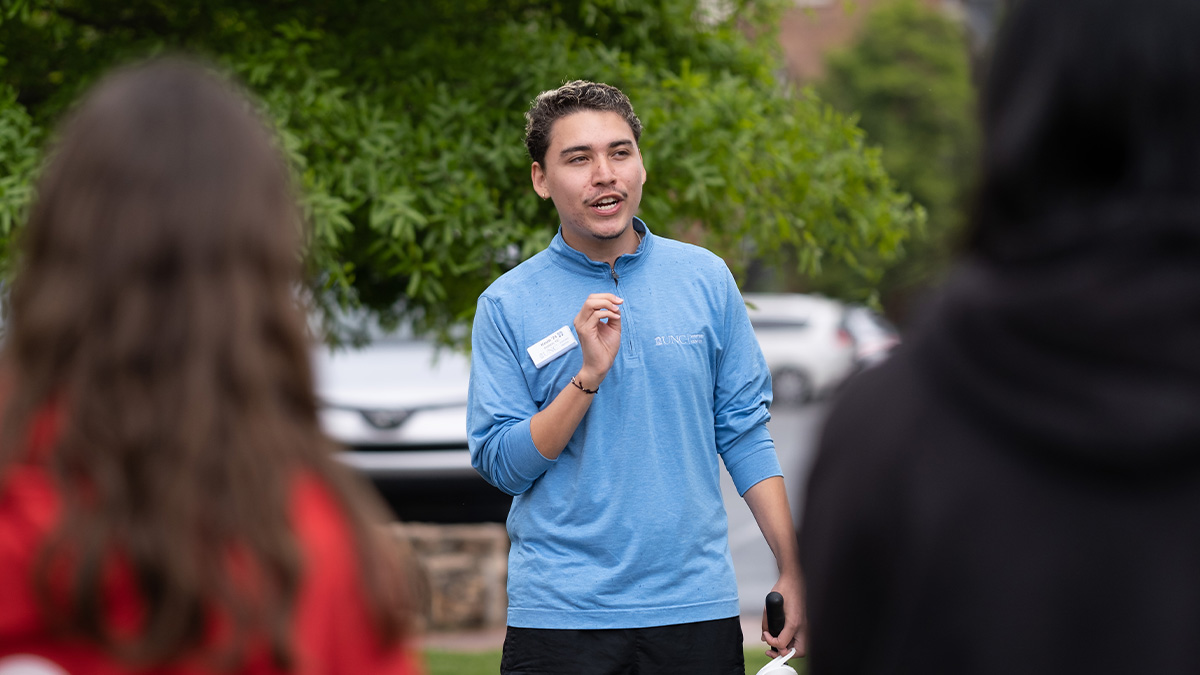2023 Tanner Awards for Excellence in Undergraduate Teaching
“Unessays,” historical tours and more keep these instructors learning from their students while teaching them.
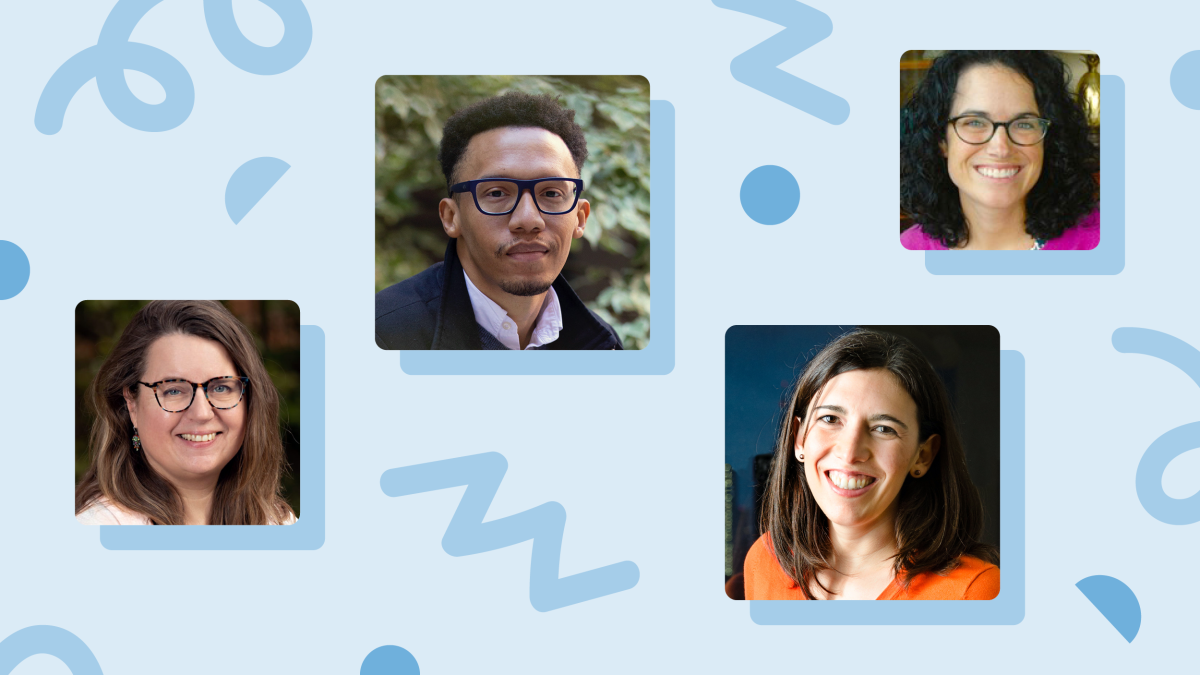
To view a list of all the winners, see The Well’s 2023 Teaching Awards coverage.
The awards were created in 1952 with a bequest by Kenneth Spencer Tanner, class of 1911, and his sister, Sara Tanner Crawford (and by them on behalf of their deceased brothers, Simpson Bobo Tanner Jr. and Jesse Spencer Tanner), establishing an endowment fund in memory of their parents, Lola Spencer and Simpson Bobo Tanner. The award was established to recognize excellence in inspirational teaching of undergraduate students, particularly first- and second-year students. Each of the five winners receives a one-time stipend of $7,500 and a framed citation.
Amy Cooke
Environment, ecology and energy program, College of Arts and Sciences
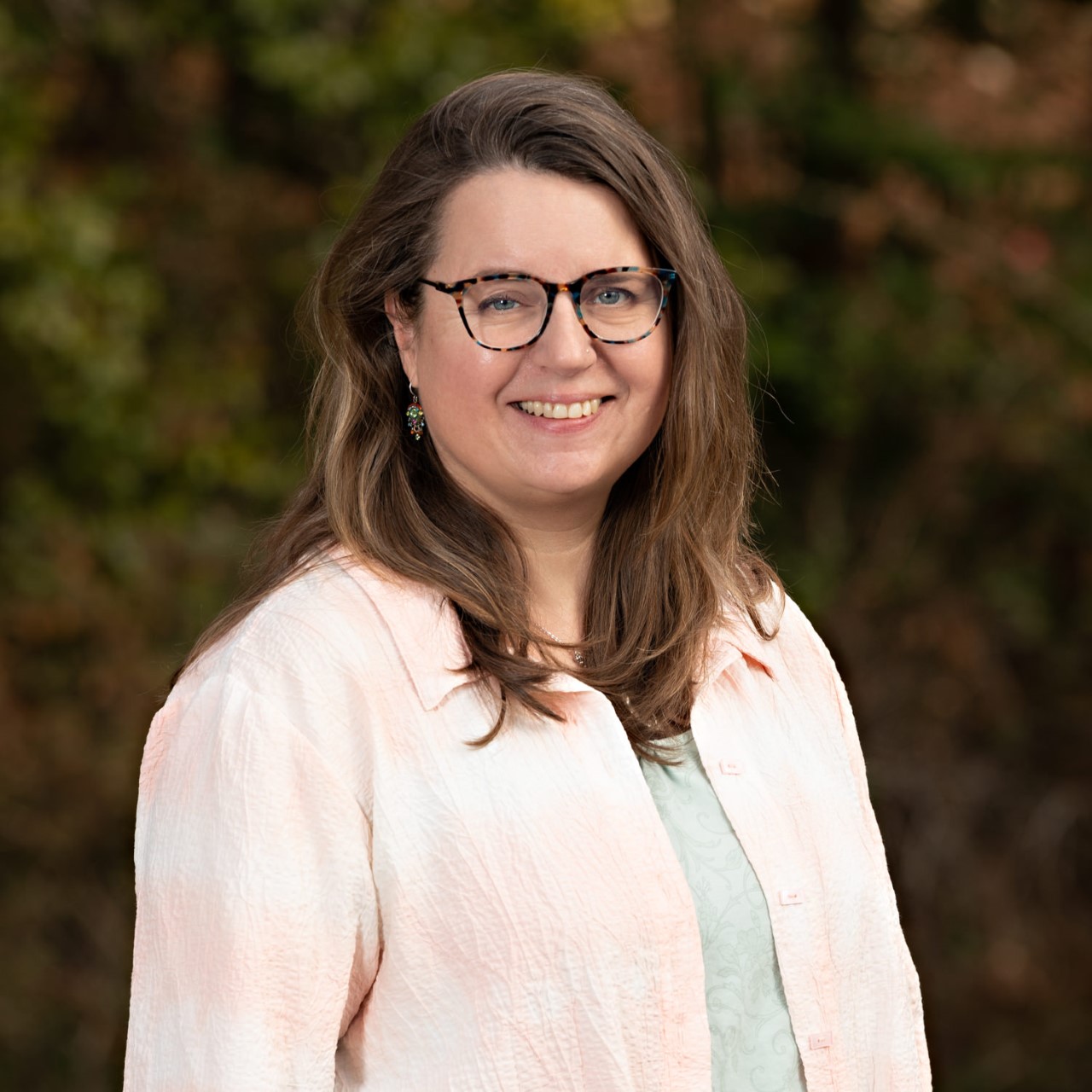
Amy Cooke
Who was the best teacher you had and why?
I’ve been lucky to have many great teachers over the years and their work lives on in my classes — many of my classroom ideas grew out of their courses. In general, all of my favorite teachers tried to connect current events and our own lives to the material of their classes. This was as true for American history and civics in high school as it was for Shakespeare or the folklore classes I took in college.
What does it take to be a good instructor in 2023?
So far, I think empathy and connection are going to be huge. Now that the students who spent most of high school online are reaching college, I think we are going to need to become even more creative to engage students who are used to multi-tasking their way through online learning. Trying to ensure a personal connection to the coursework and having empathy for all students are working through should help this new phase.
Tell us a story about something creative you’ve done to engage your students.
During the pandemic I was teaching a course on sustainability in the textile industry and found that asking students to sit in front of their computers to write research papers just wasn’t tangible enough for students stuck in their houses. I ended up tasking the students with creating a yarn from scratch. Students spent hours on this project. They brainstormed various fiber options (many of which I’d never considered), trying to recreate industrial processes on their porches. One even asked their grandmother’s help in getting them into the hometown museum to use the walking spinning wheel. They learned so much more about the inputs and waste products of fiber production than I had ever really anticipated when I came up with the project idea! I used that assignment one more time and have since morphed it into a wider “unessay” style project where students could either write a paper or do a sustainable textile related project. Students have expanded beyond fiber production and done everything from experimenting with natural dyes to recreating their great-aunt’s rag rugs to interviewing haute couture houses about their sustainability practices. I learn amazing things each time.
Carla Merino-Rajme
Department of philosophy, College of Arts and Sciences
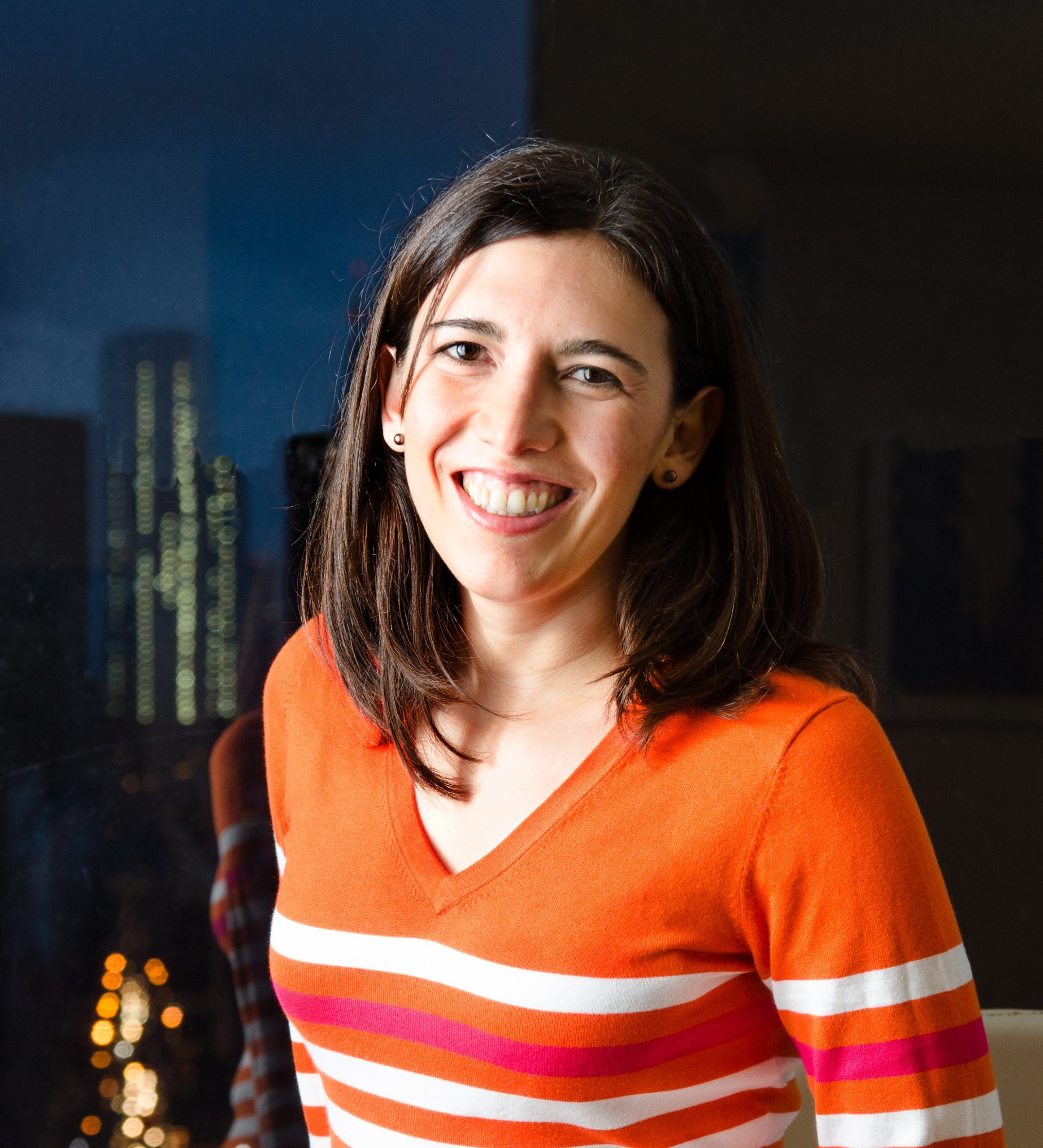
Carla Merino-Rajme
Who was the best teacher you had and why?
I have been very fortunate to have had many wonderful teachers. But one that often comes to mind is Gideon Rosen. Besides being an amazing philosopher and fantastic lecturer, he is really good at seeing what the student is after when they speak, extracting their best argument and engaging with it in an honest, productive way that leaves the student feeling heard and taken seriously. He is also just a wonderful, generous person, who would leave his door open, always finding time for his students.
Another wonderful teacher is Lara Heimann, my once-upon-a-time yoga teacher. I loved how she immediately learned her students’ names and taught us in a way that, despite the size of the class, felt completely personal. To teach so as to make each student feel seen and valued — with their own ideas, hopes, aims, feelings — is both hard but very important.
If I may mention one more, that would be Mario Gómez-Torrente, another fabulous philosopher. From him, I learned how powerful it is to be in a classroom where the professor is genuinely aiming at finding the truth, making sense of difficult claims and expressing them as precisely as possible. At times, one would see him staring out the window for what felt like long moments in the middle of a lecture, searching for the right words. So sometimes, when I am struggling to find the right words, I too will look for the window in the room and remind myself that it is OK to pause, look out and stretch a silent moment for a little longer, with the hope that this may help me articulate a point a bit more sharply.
What does it take to be a good instructor in 2023?
There are different ways of being a good instructor, and one can only experiment to figure out what works best given who each of us is. So, I don’t think there is a recipe here. For me, engaging with the students and aiming at creating safe spaces where they feel free to think together, give and take reasons and work jointly towards understanding and challenging each other in respectful, rigorous ways as they develop their own views is very valuable. Offering detailed feedback on their work also shows them that their ideas are taken seriously. I’ve found that they are very appreciative of this.
Tell us a story about something creative you’ve done to engage your students.
I like to start class by having a few students present the main argument of the papers assigned for that day. They do a fantastic job! Not only do they own the discussion, developing their expertise on the topic — which becomes useful when writing their papers — but they also get to know each other better, which facilitates class discussion. I also get to see what is more and less challenging for them and can steer the discussion accordingly. I have seen students come closer to each other as a result of all this. It warms my heart to see them leave the class talking philosophy and to later learn that a few of them, who knew each other little or not at all before the class, become friends.
Katherine Turk
Department of history, College of Arts and Sciences
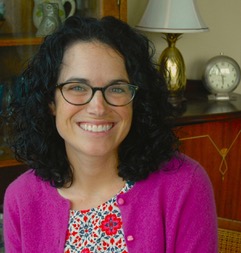
Katherine Turk
Who was the best teacher you had and why?
James Sparrow was my instructor and adviser in graduate school at the University of Chicago. Jim is deeply curious about his students and their interests, and he is unfailingly generous with his time for them. He is devoted to helping those students strengthen their work on their own terms, and he brings his vast knowledge of the field to bear in that effort. Most important, he is empathetic and kind without sacrificing an ounce of scholarly rigor. I will be forever grateful to Jim for helping me to build the confidence that I belonged in an elite graduate program and to develop the skills I would need as a professional historian.
What does it take to be a good instructor in 2023?
Let me use this response to lift up my two other best-ever teachers, whose imprint I feel daily. My kindergarten teacher at Field Park Elementary School, Linda Winfield, made learning an adventure. To 5-year-old me, Mrs. Winfield’s classroom was the most exciting place I could imagine. Twelve years later, at Lyons Township High School, Ken Price led AP United States History, which was the most difficult course I had ever taken. Somehow, Mr. Price set seemingly impossible standards, convinced us we could meet them and then helped us do it. From their examples, I have drawn the importance of balancing enthusiasm and flexibility with challenging students to strive. I am genuinely interested in Carolina’s diverse and brilliant students. Semester after semester, I learn so much from them.
Tell us a story about something creative you’ve done to engage your students.
All of my courses aim to make studying history a hands-on process and to encourage students to see themselves in the past. I put both of these goals up front in my spring 2020 course, History 179H: Women in the History of UNC-Chapel Hill. With lots of support from Wilson Library staff, including Sarah Carrier and Rachel Reynolds, 20 students and I dove in to researching and narrating the history of our predecessors on this campus. The students combed the archives at Wilson Library and identified objects — photographs, letters, official reports, party invitations, protest signs and more — that illustrated their chosen themes, which ranged from “Historic Firsts” and “Women’s Health & Well-being” to “The Resistance and Resilience of Women at UNC.” While we aimed to display our work in a major exhibit in Wilson Library, the onset of the COVID-19 pandemic upended that plan. Our course pivoted to foreground other aspects of our project that live on through our project website, women’s history campus walking tour and podcast. We invite you to see yourself in this history, too.
Sidney Wilkerson-Hill
Department of chemistry, College of Arts and Sciences
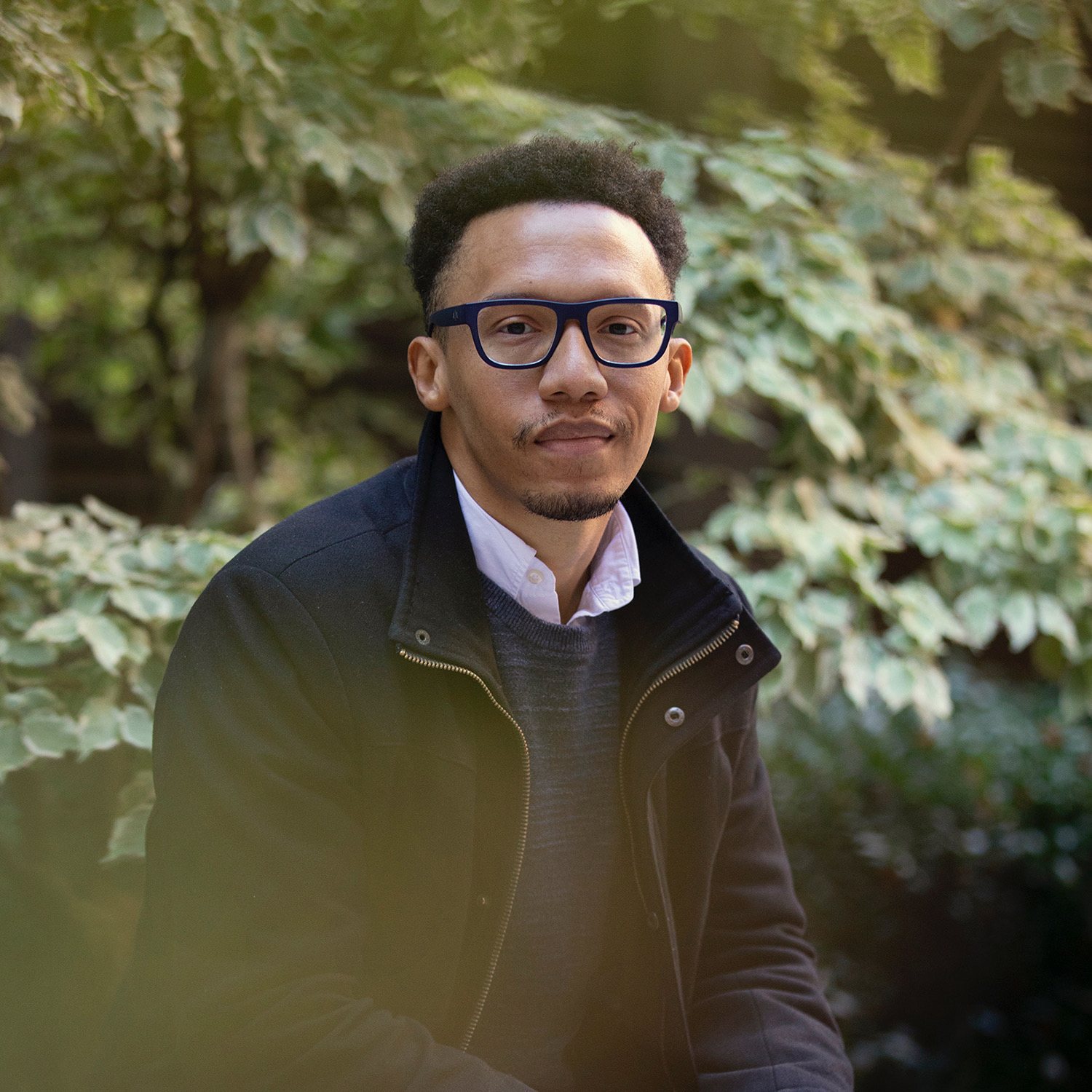
Sidney Wilkerson-Hill
Who was the best teacher you had and why?
I believe teachers serve different purposes throughout a student’s development. So, there is no way I can say anyone is the best because they all had a different role. For example, I had an 8th grade English teacher encourage me to become the editor of the school newspaper, which kept me away from crime in the streets in my hometown. When I started my undergraduate degree at NCSU, I had a professor invite me to campus early to help me register for classes. And of course, I also had one of the anecdotal high school chemistry teachers that made everything “make sense.” All in all, the best teachers were the ones that provided an adequate amount of challenge and support at various points in my life.
What does it take to be a good instructor in 2023?
A lot! Teaching in the modern age is not easy because there are a lot of opinions — and confusion — on the “best” way to do it. I believe one way to be a good instructor that is consistent across disciplines is to encourage and empower students to be the best possible version of themselves. In my head, teachers are like navigation apps. We can show you the path, but we can’t drive the car.
Tell us a story about something creative you’ve done to engage your students.
I’m not very creative! So, there is a lot to improve there. One thing I try to do to keep students engaged is to learn their names. This helps considerably with student participation. One day I’ll learn all 185 names in my Orgo II class. Another thing I try to do is create a welcoming environment for students. Building the confidence to speak on a new subject is a big deal and a critical part of learning. I am here to create the space to do that.

